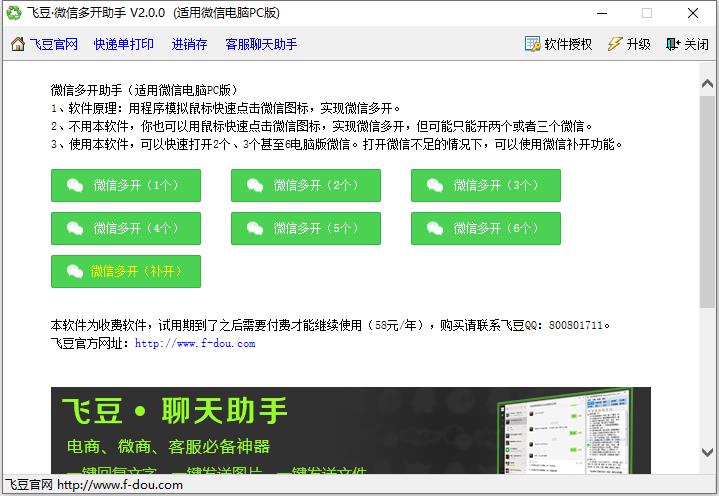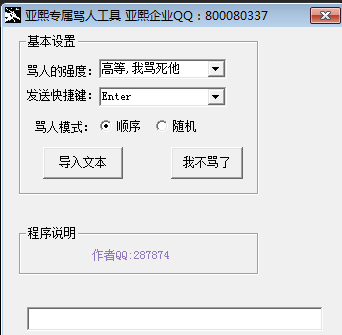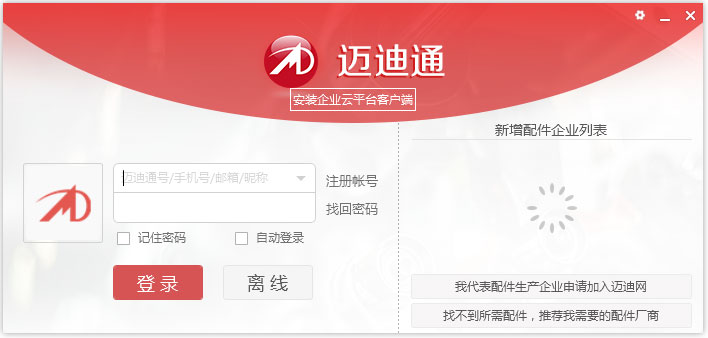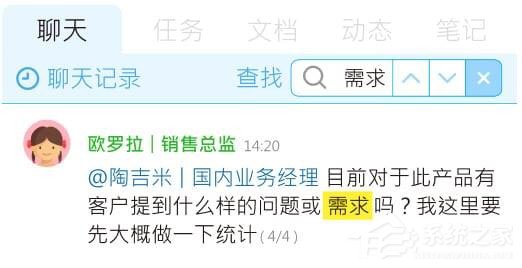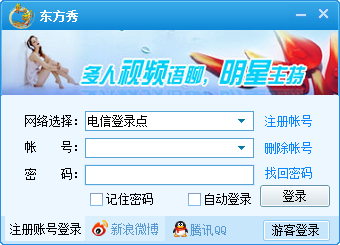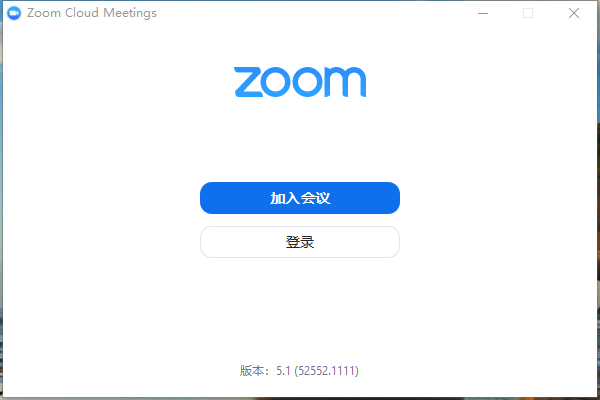golang+查询mongo
时间:2023-05-11 10:44
在现代web开发中,数据库的作用越来越重要。 MongoDB是一个热门的非关系型数据库,它以其灵活的数据模型和强大的查询性能成为了许多应用程序的首选。本文旨在介绍使用Golang来执行MongoDB查询的过程。 在开始使用Golang进行MongoDB查询之前,需要安装相应的MongoDB驱动程序。在这里,我们将介绍MongoDB官方驱动程序,它提供了丰富的功能,例如连接管理、响应读取、数据编码等。 要安装MongoDB官方驱动程序,请使用以下命令: 该命令将下载并安装MongoDB Go驱动程序。 连接MongoDB数据库是执行查询的第一步。在Go中,我们使用MongoDB驱动程序提供的 代码分析: 一旦建立了与MongoDB数据库的连接,就可以使用 我们以下面的示例代码为例,它将查询MongoDB中的“books”集合,并返回其中的所有文档: 代码分析: 在本文中,我们介绍了如何使用Golang编写查询MongoDB的应用程序。我们使用了MongoDB官方驱动程序,演示了如何连接到数据库并执行查询。我们还展示了如何使用 以上就是golang+查询mongo的详细内容,更多请关注Gxl网其它相关文章!go get go.mongodb.org/mongo-driver/mongo
mongo.Connect()函数来连接到MongoDB服务器。以下是连接到MongoDB服务器的示例代码:package mainimport ( "context" "fmt" "log" "time" "go.mongodb.org/mongo-driver/mongo" "go.mongodb.org/mongo-driver/mongo/options")func main() { // Set client options clientOptions := options.Client().ApplyURI("mongodb://localhost:27017") // Connect to MongoDB client, err := mongo.Connect(context.Background(), clientOptions) if err != nil { log.Fatal(err) } // Ping the primary ctx, cancel := context.WithTimeout(context.Background(), 2*time.Second) defer cancel() err = client.Ping(ctx, nil) if err != nil { log.Fatal(err) } fmt.Println("Connected to MongoDB!")}clientOptions的变量,其中包含MongoDB连接字符串的URL。在这个例子中,我们连接到本地运行的MongoDB服务器。mongo.Connect()函数,将其传递给MongoDB连接选项clientOptions。该函数返回一个mongo.Client类型的结构体。mongo.Client的Ping方法来确保与数据库的连接已建立并且可用。mongo.Collection类型的结构体中的FindOne()、Find()和Aggregate()方法来执行查询。package mainimport ( "context" "fmt" "log" "time" "go.mongodb.org/mongo-driver/bson" "go.mongodb.org/mongo-driver/mongo" "go.mongodb.org/mongo-driver/mongo/options")type Book struct { Title string Author string}func main() { // Set client options clientOptions := options.Client().ApplyURI("mongodb://localhost:27017") // Connect to MongoDB client, err := mongo.Connect(context.Background(), clientOptions) if err != nil { log.Fatal(err) } // Get a handle for the "books" collection. collection := client.Database("test").Collection("books") // Find all books ctx, cancel := context.WithTimeout(context.Background(), 30*time.Second) defer cancel() cursor, err := collection.Find(ctx, bson.M{}) if err != nil { log.Fatal(err) } defer cursor.Close(ctx) // Iterate over the cursor and print each book for cursor.Next(ctx) { var book Book err := cursor.Decode(&book) if err != nil { log.Fatal(err) } fmt.Printf("Title: %s, Author: %s", book.Title, book.Author) } if err := cursor.Err(); err != nil { log.Fatal(err) }}Book结构体,该结构体包含书名和作者两个字段。mongo.Connect函数与数据库建立连接。client.Database函数打开MongoDB“test”数据库。此命令将返回MongoDB数据库对应的mongo.Database类型的结构体。collection变量获取“books”集合的句柄。这里我们默认“books”已经在MongoDB中。collection.Find()函数,该函数将返回一个mongo.Cursor类型的结构体,其中每个文档都被分配到它自己的cursor位置。我们在这个例子中使用空bson.M对象来获取所有文档。需要指出的是,我们还使用上下文来控制超时和取消。cursor.Next()函数来检索下一个文档,并尝试将其转换为Book类型的结构体。cursor.Err()函数捕获任何错误。bson.M对象表示一个MongoDB查询,并执行一个结果集的遍历。希望这篇文章能够帮助读者在Golang中使用MongoDB进行应用程序开发。
